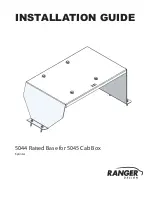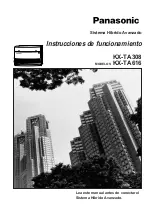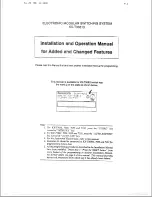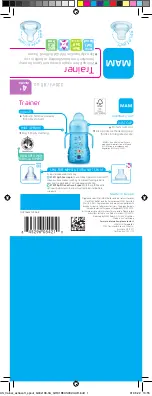
W W W . PA C I F I C H E L M E T S . C O M
37
REPAIR, REPLACE, AND
OBSOLESCENCE INSTRUCTIONS
Note: Minor scratches or hairline cracks in the paint surface will not
affect the performance of the protective helmet.
Repair if:
• The shell is permanently stained by carbon or chemical
• The painted surface slightly scratched
• There is foreign substances adhered to the shell surfaces
In these cases the shell can be restored to use by warm wet sanding to
remove the stains, scratches and surface damage.
Destroy the shell and replace if:
• The shell shows signs of major laminate failure/breakage. This will
either take the form of deep indentations from contact with falling
objects or major crushing. It can also be seen as a “whitening” of
laminate in impact area when the inside of the shell is inspected.
• The brim area has long or large crack lines, or flexes abnormally.
• The helmet has obviously suffered excess heat or burning. This
includes any charring of the paint or helmet substrate. Charring
is described as an actual burnt area or surface damage, which
cannot be repaired by sanding or repainting.
• There is visual sign of acid or chemical residue which may have
damaged the shell paint or substrate.
• The shell shows signs of distortion to its shape. This can be seen
as “sagging” or “drooping” when it is compared to a new helmet.
This type of damage is most unlikely in the Pacific Helmet shell, as
the shell does not melt, even in extreme temperature.
Summary of Contents for F15
Page 4: ...PLE ASE RE AD BEFORE USE ...
Page 11: ...F 15 SUMMARY ...
Page 13: ...W W W PA C I F I C H E L M E T S C O M 13 3 4 6 5 7 2 9 15 16 14 13 10 11 8 1 12 ...
Page 16: ...SE T TING UP YOUR HELME T ...
Page 31: ...CARE MAINTENANCE ...
Page 39: ...WARR ANT Y ...
Page 42: ...TECHNICAL INFORMATION ...












































